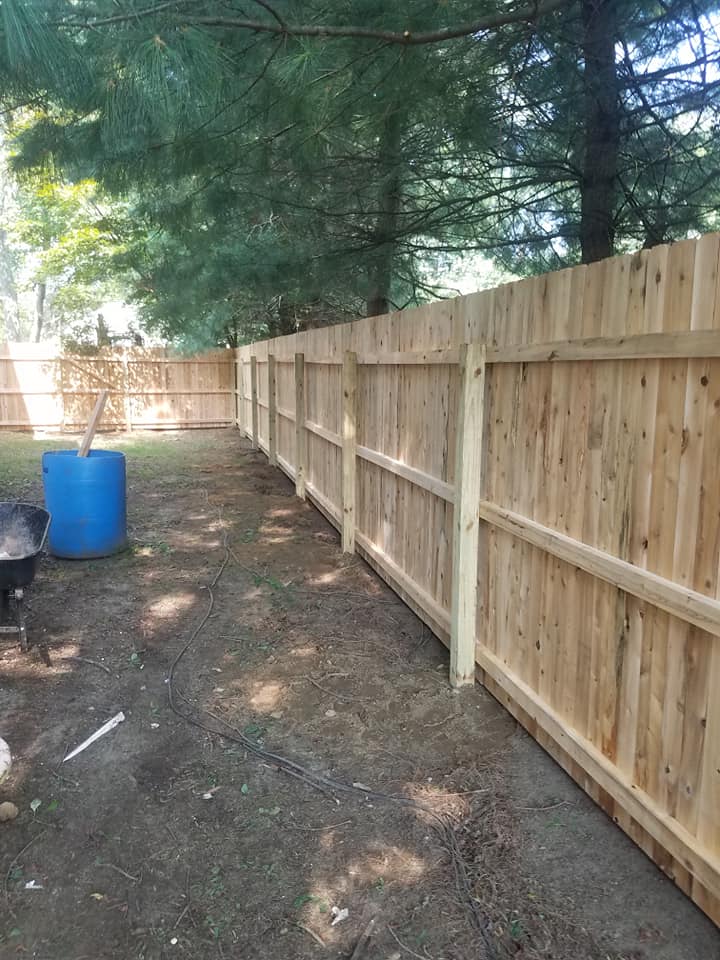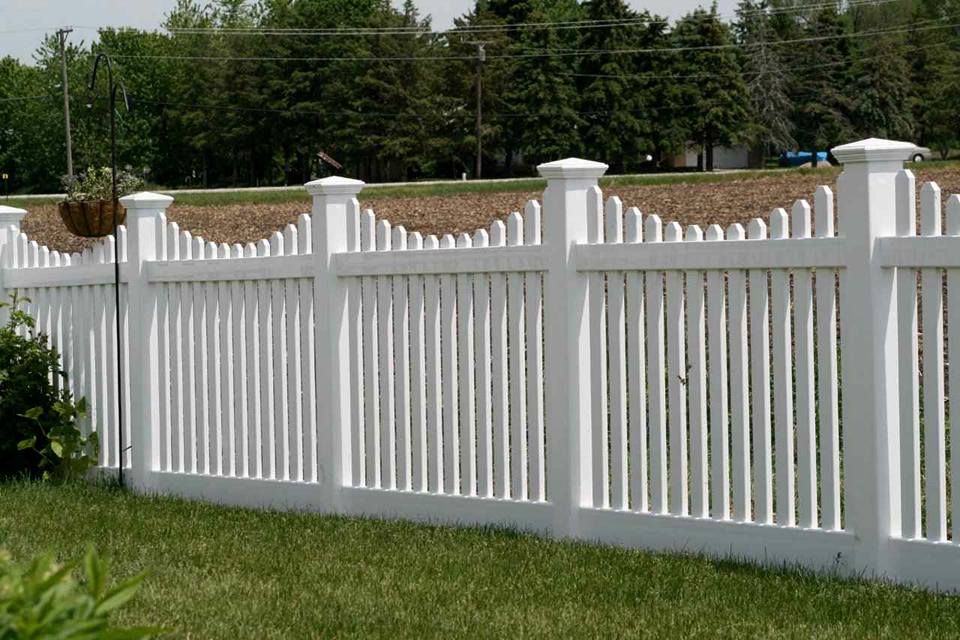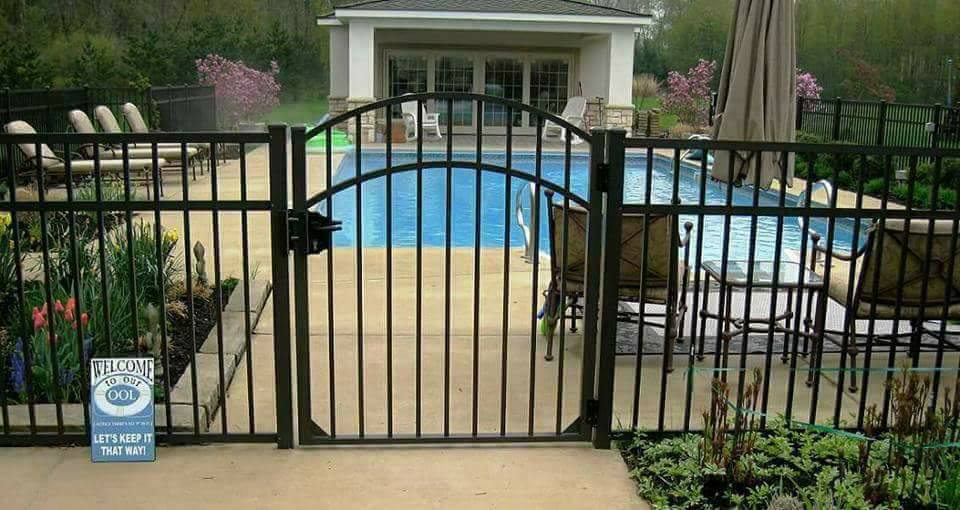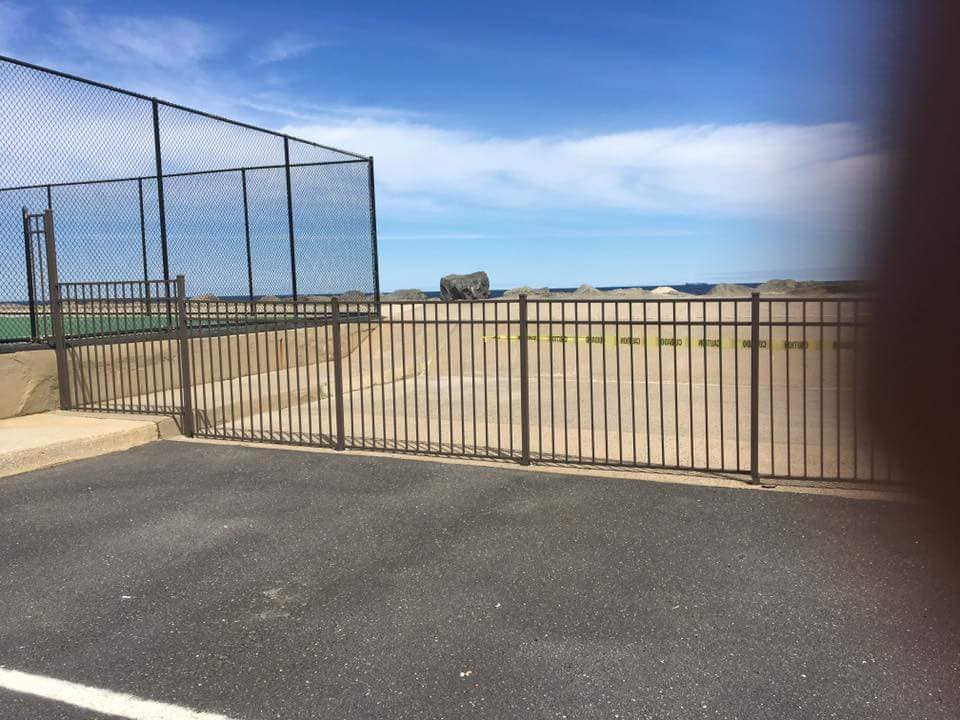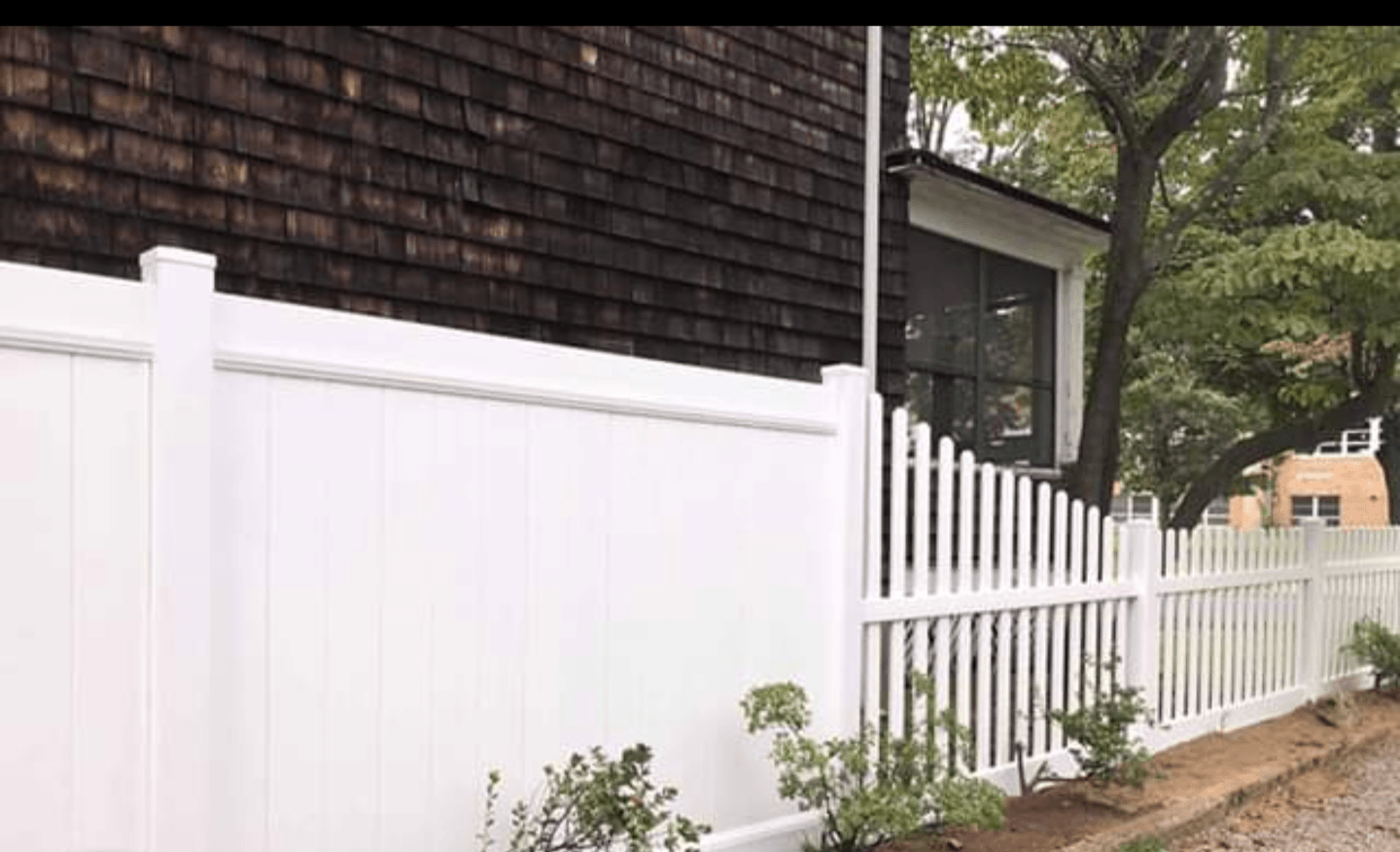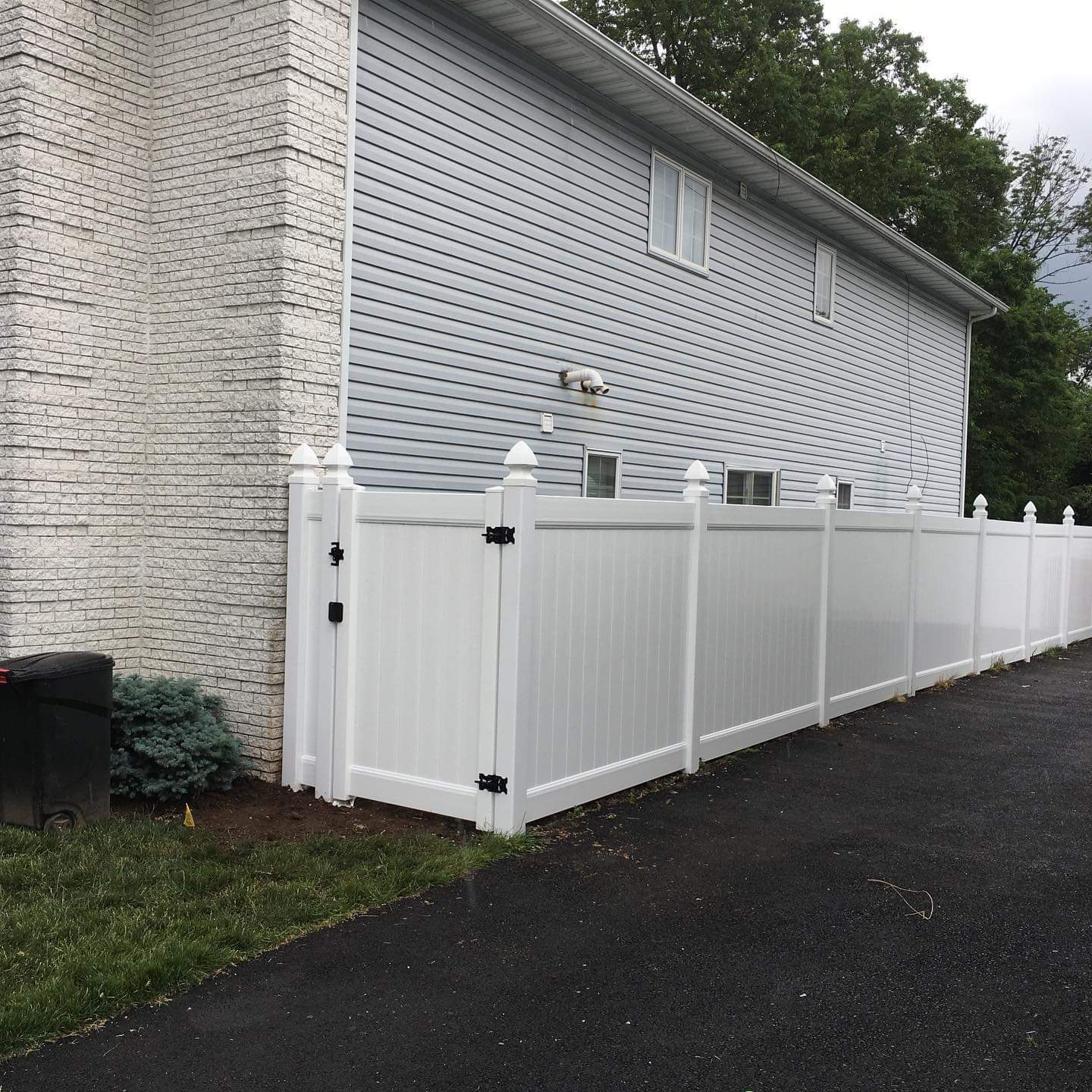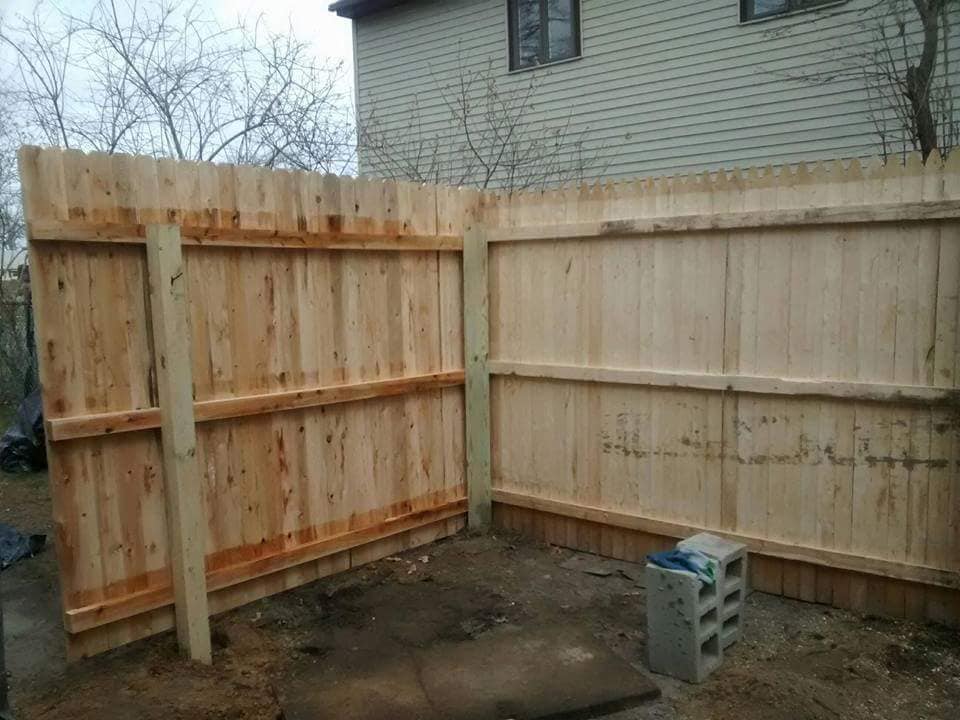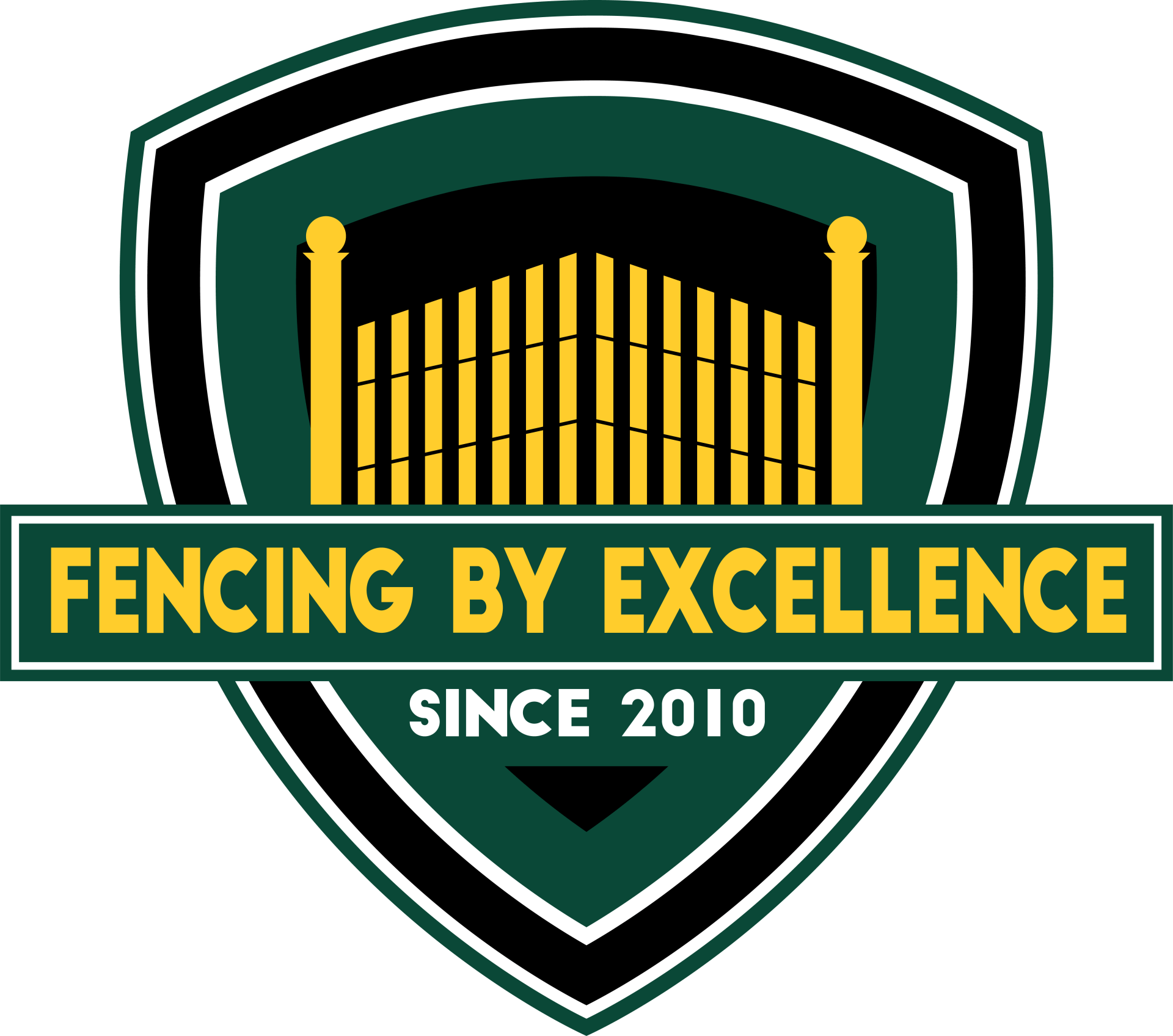What is a Lattice Fence and Why Choose One in Monmouth County, New Jersey
Get a Free Quote! (732) 400-5426What is a Lattice Fence and Why Choose One in Monmouth County, New Jersey
If you're looking for an attractive and affordable way to fence in your Monmouth County property, a lattice fence may be the perfect option for you. A lattice fence is made up of thin slats and crisscrossed tightly woven slats of wood or metal that create a grid-like pattern. They can be made from a variety of materials, including wood, metal, and plastic.
Lattice fence panels are very popular because it is both decorative and functional. It can be used to enclose a yard or garden, or to create privacy from neighbor This type of fence can add visual interest and character to your property while providing privacy and security.
If you're considering a lattice fence for your home, it's important to understand the pros and cons of this type of fencing.
Benefits of Lattice Fencing
Lattice fencing is also very versatile when it comes to function. You can use them as a climbing trellis for ivy or vines, or you can install them around hot tubs and pools to provide privacy. You can even use them as support for an outdoor kitchen or bar. In addition to their decorative style. The lattice fence panels make installation quite easy, especially if you're handy and have experience in crafting.
Aesthetics
One of the main reasons why people opt for a lattice fence is because of their beautiful highly decorative appeal. One advantage of using lattice fences is that you can create unique designs. You can use a lattice fence as a focal point for a large backyard, or you can incorporate it with other landscaping elements. A lattice fence adds a touch of old-world charm to any property and can be customized to suit any taste. Whether you're going for a classic wood look or something more modern, there's a lattice fence out there that's perfect for you.
Privacy
One big benefit of lattice fences is they provide security to your property without making it feel like a prison. And unlike a picket fence which provides no privacy or security, a lattice fence is perfect for creating privacy around pools, hot tubs, patios, and for creating garden walls. They can also be used to enclose a garden or backyard. You can even use them to create a private oasis in your own backyard.
Potential Drawbacks of Lattice Fencing
Another great benefit of lattice fences is that they can provide you with the privacy you need without feeling like you're living in a fortress. Unlike solid privacy fences, lattice fences allow light and air to pass through while still providing enough coverage to block out nosy neighbors or passersby. You can also use wooden diagonal lattice slats to extend the height of privacy fences or to complement a rustic style home's siding. You can even plant climbing vines or shrubs along your fence to create an even more secluded space.
Support for Climbing Plants
As we mentioned before, a lattice fence makes great support structures for climbing plants such as ivy, roses, or morning glories in outdoor spaces. If you have climbing plants on your property, adding a lattice fence can help them reach their full potential and add an extra pop of color to your yard or garden. Just be sure to pick a material that's strong enough to support the weight of the plants you're planning on using.
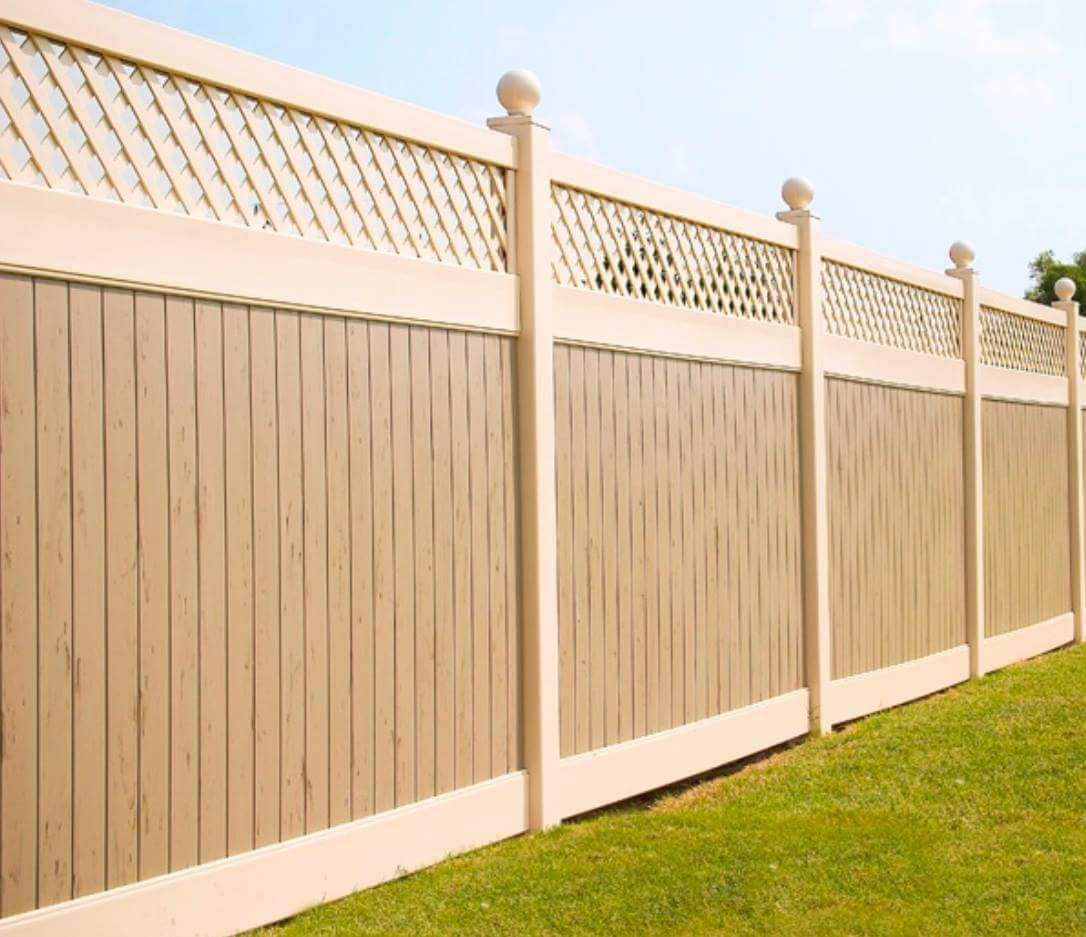
Disadvantages of Lattice Fencing Panels
Lattice fences can be a bit more expensive than other types of fencing, such as chain link or wood picket fences. They also require more maintenance, as the slats need to be regularly cleaned and sealed to prevent rot and weather damage. If you live in an area with high winds, you'll also need to take extra care to ensure that your fence is securely anchored to the ground.
Different Types of Lattice Fence Materials
There are a number of materials that can be used to construct a lattice fencing. Wood is a traditional choice, but metal and vinyl fencing are also popular options. Each material has its own advantages and disadvantages that you'll need to consider before making a decision. Regardless of the materials used, a lattice fence will be a great addition to any outdoor space.
How a Lattice Fence is Made
Traditionally, lattice is constructed using thin slats of wood lath arranged in a diagonal crisscross pattern. The strips are joined with galvanized nails or staples. Although somewhat delicate, wooden lattice can last for years when properly installed. The lattice itself is generally 1/2 inch thick, but there are heavier-duty construction panels available that are one inch thick.
Lattice Fence Cost
The cost per foot of a lattice privacy fence varies depending on its design. A high quality wood lattice fence can cost anywhere from $8 to $20 per linear foot. A low-end plastic fence can run as little as $1.50 per linear foot while a high-quality vinyl fencing can cost anywhere from $12 to $24. There are many different styles and designs of lattice fences to choose from, including crisscross lattice, privacy lattice, and square lattice.
Lattice Fence Designs
Lattice comes in any fence style you can imagine. come in many different designs. The most common is the crisscross grid design. Another popular design is the square hatch design. If you prefer a more elaborate design, you can opt for spindle lattice. A spindle lattice fence has vertical slats that look like a crisscross. Another option is the open weave lattice. This type of fence is made with horizontal and vertical slats that are spaced apart, creating an open weave design.
Vinyl Lattice Fences
Vinyl lattice fences are a great alternative to wood yard fences. They are inexpensive, eco-friendly, and require little to no maintenance. They are also great for any climate. In addition, vinyl lattice fences can help enhance privacy, hide large equipment, and even surround a swimming pool.
Vinyl Lattice Cost
Vinyl lattice fencing are less expensive than other types of fences and are more convenient to install. They are more durable than wood, and they come in a variety of colors. They are also easier to maintain compared to wood. Moreover, installing a vinyl fence is easier than installing a wooden one.
Wooden Lattice Fences
Wood lattice fencing is an excellent option if you'd like to create a more attractive backyard. You can use a warm white accent light to highlight the beauty of the wood lattice fence panels. They can last for many years, but they may need to be treated before installation. They are also prone to warping and cracking, but these negative characteristics can be prevented by choosing the right kind of wood for the project.
Cedar lattice fences are a great choice if you're concerned about the maintenance of a wood lattice fence. Cedar lattice fences do not need to be stained or painted and will last much longer than soft wood fences. In addition to being low-maintenance, they are also beautiful and will add value to your property. Another advantage to wooden lattice fences is that you can paint them any way you'd like.
Metal Lattice Fencing
Metal lattice fencing is a versatile addition to a home's exterior and you can install this type of fence without much expense or effort. The most popular type of metal lattice fencing is aluminum, which is known for its durability and low maintenance requirements. If you have a small garden, metal lattice fences will complement your home's aesthetic appeal. They can be custom made with ornamental patterns. Unlike wood, lattice panels will not warp, rot, or decay, and resist termites.
A lattice fence is a great way to add privacy, visual interest, and support for climbing plants to your property. The lattice panels are relatively easy to install and replace, and they look amazing when combined properly. When deciding if a lattice fence is right for you, be sure to take into consideration the aesthetic you're going for and the level of privacy you need. You should also factor in the cost of materials and installation. No matter what type of lattice fence you choose, it's sure to add value to your home.

Lattice Top Fences
Many homeowners and busineses use privacy fences with 100% privacy for the first 6 to 8 feet of fence height, but other times you'll want a shorter fence with a lattice top fence installed along the top of it. A picket fence doesn't get you any privacy, a standard privacy fence gets you complete privacy, but a low privacy fence with a lattice top fence will put you right in the middle. For example, square lattice has square holes created with very thin piece of rot resistant material that, when professionally installed, can be a perfect match for almost any decor or style.
What's a lattice top fence made of?
The lattice top fence, like any other lattice fence, is made from thin diagonal slats in a crisscross pattern that goes on top of the entire fence below it. Typically with a rectangular frame creating square holes, lattice consists of enough materials to give you privacy but not enough to block all light and a little vision.
What are the Pros and Cons of a Lattice Top Fence?
- Aesthetically, it's a more pleasing look than a privacy fence.
- It can be less expensive since you don't need as much material.
- You don't have to run it across the entire existing fence unless you want to
- You still get some privacy but not 100%.
- You may have to deal with more maintenance than a privacy fence.
- It can be harder to clean since dirt and debris can get trapped in the lattice holes.
- Lattice top fences usually don't last as long as privacy fences.
- They can also be damaged more easily and may need to be replaced sooner.
If you're looking for an attractive fencing option that doesn't cost a lot, is easy to install, and provides some privacy, a lattice top fence is a good choice. Just be aware of the cons before making your decision.
So what is a lattice fence and why should I consider getting one?
Ultimately, the choice is yours. But we hope this article has given you a better understanding of what lattice
fences
are, the pros and cons of having one, and how to choose the right type for your home. Whichever route you decide to take, be sure to do your research and factor in all important factors before making a final decision. Good luck!

